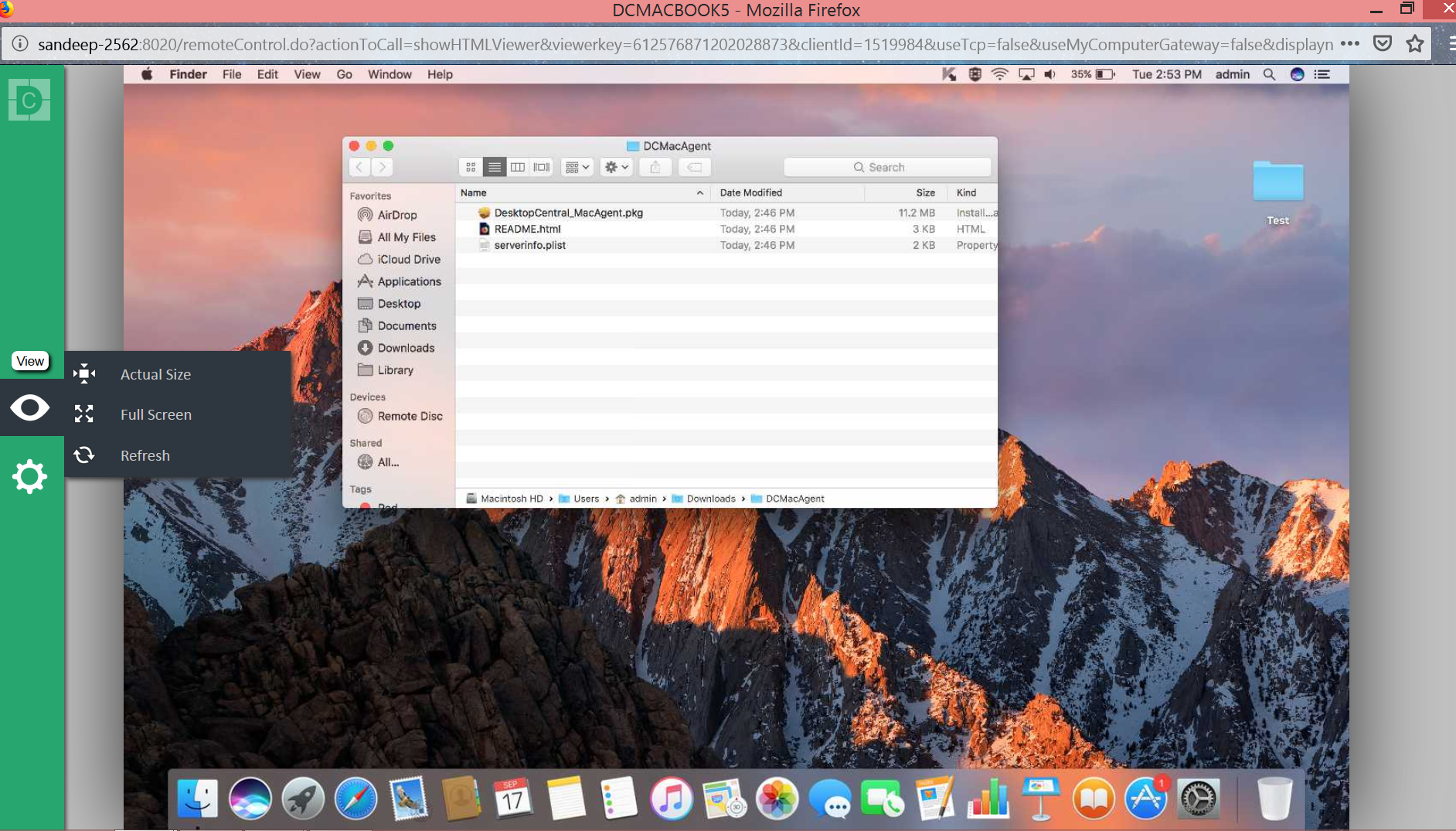
Rdp For Mac Sierra
To connect to a Microsoft Remote Desktop, also known as RDP or Terminal Services from your mac please follow these instructions.
NeoX on why version 10.2.2 (1291) works fine on macOS High Sierra.
Step 1 – Download the Microsoft Remote Desktop Client
To do this you will first need to download the latest RDP client for Mac on the Mac App Store
Step 2 – Open the Microsoft Remote Desktop Client
Open up the the Remote Desktop client by clicking on the launchpad icon and then Microsoft Remote Desktop
Step 3 – Set up your connection
Click on New
And then fill in the details you have been provided
- Connection Name – This is the friendly name, call it anything you like
- PC Name – This is the server address that was provided to you
- Gateway – Leave as is unless otherwise instructed
- Username – As provided to you
- Password – Your Password
- Resolution – Change this to what ever screen size you would like the RDP session to open up in. With the tick box below it, of you don’t uncheck it the RDP session will open up in a full screen and override those settings.
Once finished click on the red close button up the top left and you should see your new connection in the list.
Step 4 – Open Your RDP Session
Simply double click on the connection in the list and if you have put in the correct details it will log in to the server you have requested.


Apple Remote Desktop lets you manage multiple Mac computers across your network. Mac computers managed by Apple Remote Desktop receive updates to the Apple Remote Desktop Client software along with macOS updates.
Apple Remote Desktop requires macOS 10.14.6 or later.
What's new in Apple Remote Desktop 3.9.3
- Bug fixes and performance improvements
- Support for Dark Mode
What's new in Apple Remote Desktop 3.9
This update improves the overall stability of Apple Remote Desktop and includes the following specific changes:
- Computer lists, complete with credentials, can be exported to an encrypted archive and restored to other viewers.
- Improved security, with an optional compatibility option to support older clients in the Security tab of the Preferences panel.
- Assistance cursors available via a custom toolbar item.
- Support for the Touch Bar.
- Admins can now connect to Macs running older versions of Apple Remote Desktop Client software without needing to make sure Preferences > Security > 'Allow communications with older clients (less secure)' is turned on in the admin app. You must be running Apple Remote Desktop Client 3.9.2 or later on the Mac running Apple Remote Desktop.
What's new in Apple Remote Desktop Client 3.9.3
Apple Remote Desktop Client 3.9.3 is an update for any Mac that is viewed or controlled from the Remote Desktop app. It's available as an automatic software update for the following versions of these operating systems:
- macOS Sierra 10.12.2 or later
- OS X El Capitan 10.11.6
- OS X Yosemite 10.10.5
This update is recommended for all Apple Remote Desktop users. It addresses issues related to compatibility, reliability, and usability.
About Apple Remote Desktop Client 3.9.2
This update addresses issues related to reliability, usability and compatibility and includes the following specific change:
- When controlling a client Mac, you can now authenticate with a user’s long name instead of just the short name.